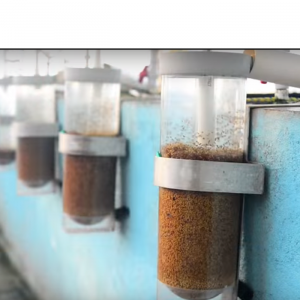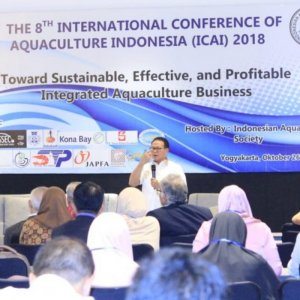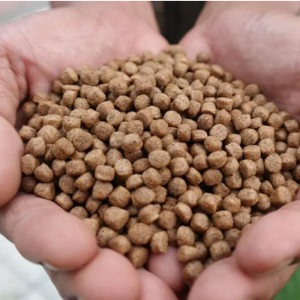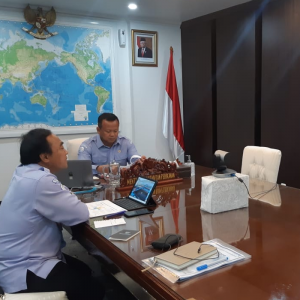
Integrated Multi-trophic Aquaculture (IMTA)
| Tue, 14 Dec 2021 - 11:01
The world is now facing the most difficulties, which is the way to feed more than 9 billion people in the future with the climate change, economic and financial instability, and rising natural resource competition because over a billion people are believed to be malnourished throughout the world right now. As 50% of formulated feed is wasted, monoculture profitability and sustainability are inextricably connected.
Therefore, diversification of systems and species utilized in culture are seen as critical components in ensuring the food production system's resilience and long-term viability. The Integrated Multi-Trophic Aquaculture (IMTA) is a system that feeds species with species that remove organic substances and extractive species that are inorganic which use aquaculture wastes for their development. IMTA is said to be more sustainable than conventional monoculture systems because it may combine several species.
IMTA is the farming of other crops that get their fertilizer, feed, and energy from the various trophic levels and with complementary ecological roles by capturing and transferring the uneaten feed and wastes, nutrients, and byproducts. The principle of IMTA is based on “The solution to nitrification is not dilution but extraction and conversion through diversification.” IMTA transforms leftovers and uneaten feed from fed organisms into harvestable crops, it improves economic and environmental sustainability while decreasing eutrophication and promoting economic diversity.
Read more: Polyculture of Pikeperch Juveniles in Recirculating Aquaculture Systems
The operation of IMTA needs numerous sorts of components or species selection and placement. The system should be designed in such a way that waste products are captured as much as possible. The major component is that aquaculture species consume some sort of food, then release certain gases, which are used by inorganic extractive aquaculture species, and this system is known as the IMTA system. IMTA species should be commercially viable as aquaculture products, with densities that maximize waste material absorption and utilization throughout the production cycle.

There are a few important criteria for the selection of fish for the IMTA system which including i) adaptability to a tropical climate, ii) adoption of all forms of feed, both natural and synthetic, iii) capacity to live together in harmony, iv) compatibility, v) high market demand, and vi) high market prices. In order to attain optimal development and survival, amino acids, proteins, lipids, vitamins, minerals, and carbohydrates, among other things, must be adequately balanced in their feed.
The IMTA system has several advantages but also disadvantages. The advantages of IMTA are i) control of illness, ii) bio-mitigation of wastewater, iii) diversity yielded higher profitability, iv) obtaining premium pricing resulted in higher profits, v) boosting the local economy, and vi) form of 'natural' crop insurance. On the other hand, the disadvantages of this system are i) lower yield than fed monocultures, ii) concerns about food safety such as parasites, iii) issues with public perception, iv) species restriction, and v) to balance inputs and nutrient fluxes, effective management is required.
IMTA is a method that blends the development of feeding aquaculture species with inorganic extractive species to create a balanced system that is environmentally sustainable, economically stable, and socially adaptable. It can help to practice better management.
Source:ras-aquaculture.com






















